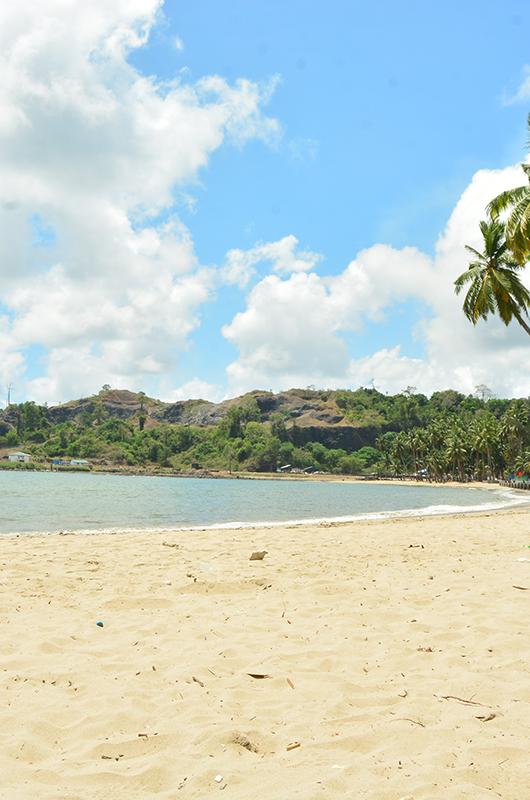#3 Andaman has Asia’s only active volcano
On the uninhabited Barren Island, about 135 kilometres from Port Blair, is where you will find Asia’s only known active volcano. Barren Volcano first erupted in 1787 and then in 2010—an eruption that lasted six months. It’s known to spew lava in smaller eruptions since then.
#4 It’s illegal to interact with the Jarawa tribals
In parts of South and Middle Andaman Islands, the nomadic Jarawas are a protected tribe whose population ranges between 250-400 individuals. Any attempt to interact with the isolated tribe, who themselves shun contact with outsiders, is deemed illegal.
#5 Andaman’s name has its origin in the Ramayana
Ever wondered how the Andaman Islands got its name? It’s believed that it’s a derivation of Lord Hanuman who halted in the region while on his way to Lanka. Famous islands including Neil and Ross are named after British engineers, dating back to the East India Company. Who knew!
#6 The islands were an active war zone during World War II
The serenity of the Andaman Islands was disrupted during World War II, when Japan controlled the region before giving it up to the British in 1945. The Museum of the Japanese Occupation in Port Blair documents the events of the active war zone at the time.





























